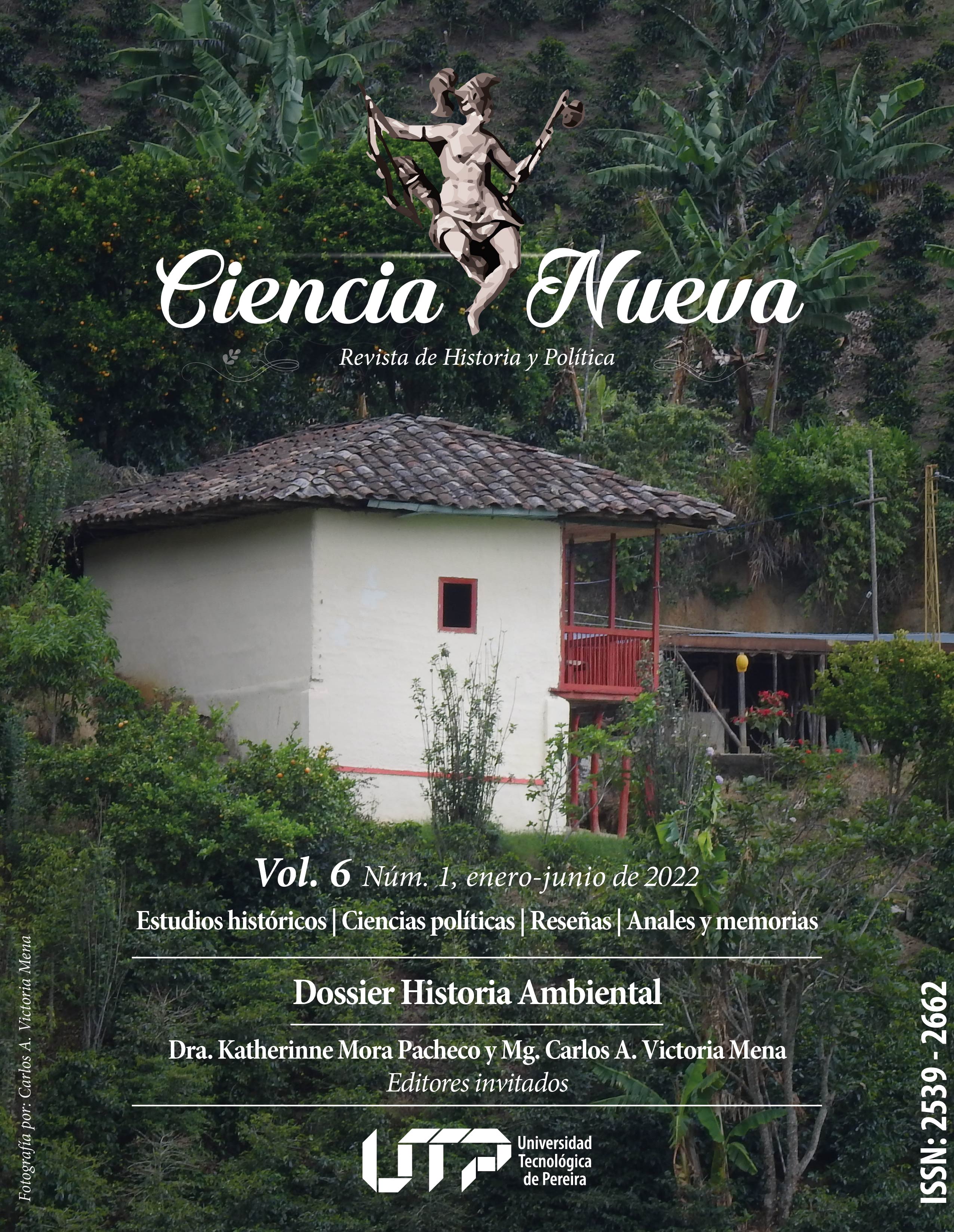Títulos del Resguardo de la parcialidad de Guática
DOI:
https://doi.org/10.22517/25392662.25078Keywords:
Guática, Pueblos de Indios, República Liberal, Resguardos, Virreinato de la Nueva GranadaAbstract
The following transcription is part of a set of documents grouped in a folder on the Resguardo de Guática, Municipality of Guática, Department of Caldas between 1939 and 1943, from the Ministry of Government Fund in the General Archive of the Nation. This folder contains various communications from the Ministries of Government and Economy, the Council of Guática and the Cabildo of the Resguardo of Santana for the process of elimination of the Resguardo of Guática during the Liberal Republic in the last century.
Among these communications is the title of the resguardo of the partiality of Guática, dated in 1939, when the members of the cabildo requested a copy of their titles to the notary of the municipality of Riosucio. It should be noted that this document has a traceability of different periods in which, although the process of dissolution of the resguardo in the twentieth century is prevalent, we can also observe the diligences made by the cabildo both at the beginning of the Republic in 1833 and at the end of the Viceroyalty between 1789 and 1790 to reaffirm the possession of their lands clarifying their boundaries.
The interesting thing about this document and its historical context is that it shows the process of political-administrative transformation of the region experienced between the Viceroyalty of New Granada and the Republic of Colombia. By reading the boundary conflict between the towns of Guática and Quinchía during the eighteenth century, we can have an approach to the provision of land by the Spanish crown more than two hundred years ago, and between the lines we can infer the territorial organization of the city of Ansermaviejo and the territorial delimitation of several surrounding Indian Villages such as: Tabuya, Tachiguía, La Montaña and El Chamí.
These Indian villages and their corresponding titles were losing legal status due to the settlement of colonizing families from Antioquia who appropriated these lands, and made possible the emergence between the nineteenth and twentieth centuries of the new republican political division, organized in municipalities that survive today as Belén de Umbría, Mistrató, Guática, Quinchía and Riosucio.
Downloads
Downloads
-
Vistas(Views): 375
- PDF (Español (España)) Descargas(Downloads): 205
- HTML (Español (España)) Descargas(Downloads): 37
Published
How to Cite
Issue
Section
License
Copyright (c) 2022 Edwin Mauricio López García

This work is licensed under a Creative Commons Attribution-NonCommercial-NoDerivatives 4.0 International License.
For all articles published in Ciencia Nueva, revista de Historia y Política, the ownership of the exploitation rights of the contents of the journal belongs to the author(s).
The works of this magazine are under the Creative Commons Recognition-NonCommercial-DerivativeLicense:




